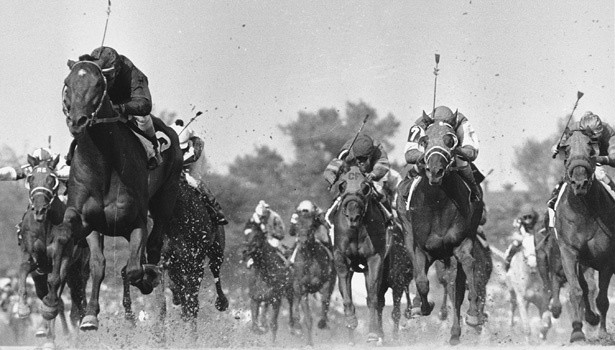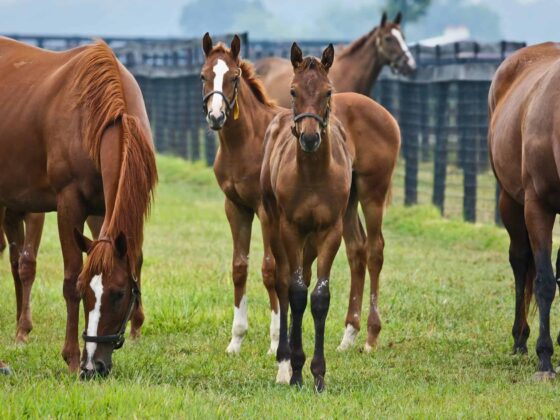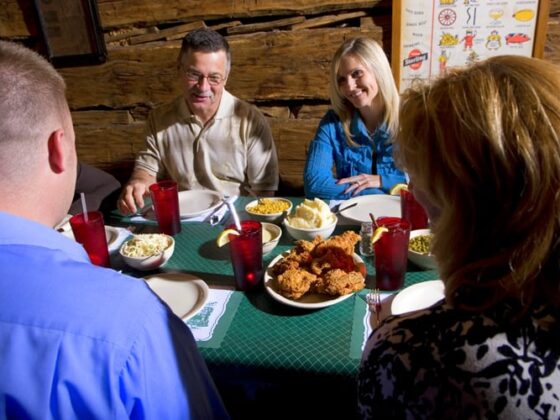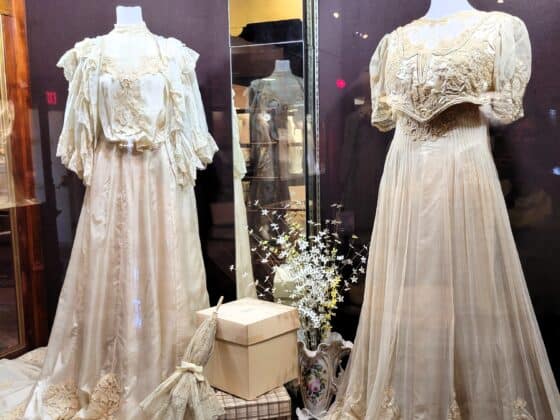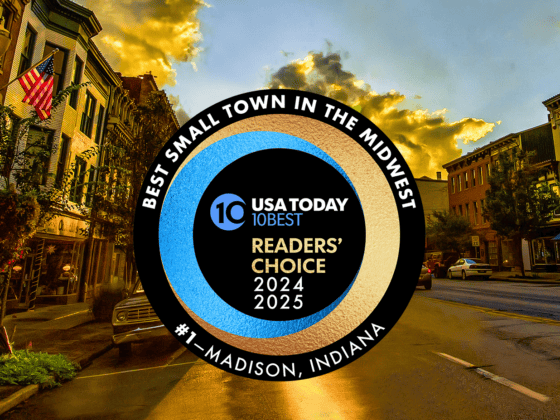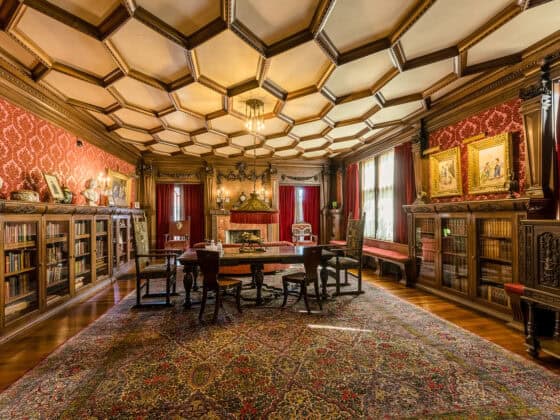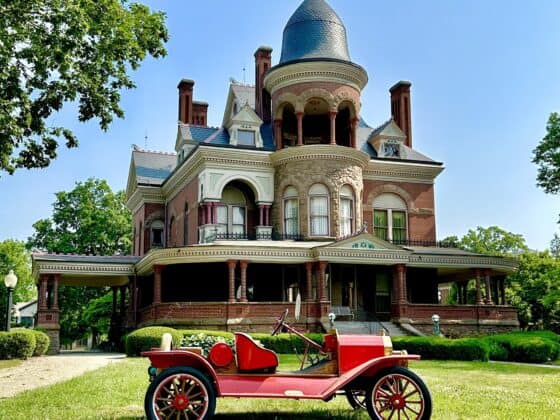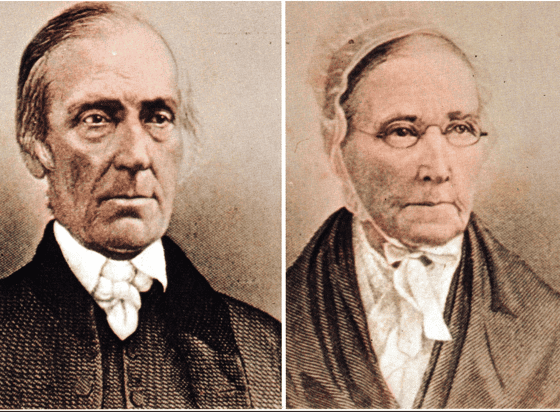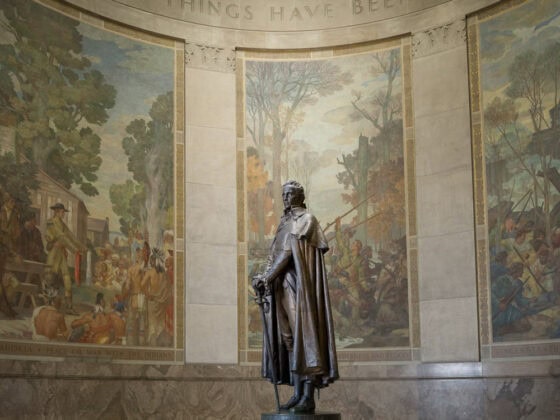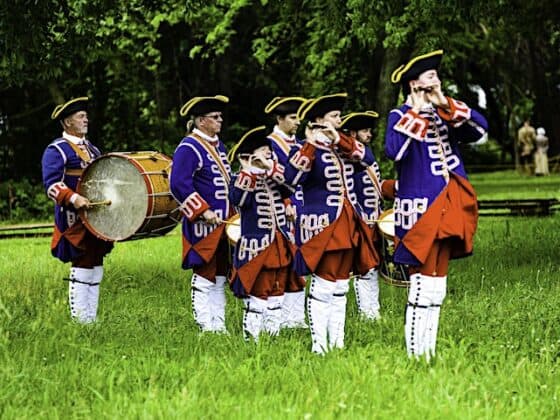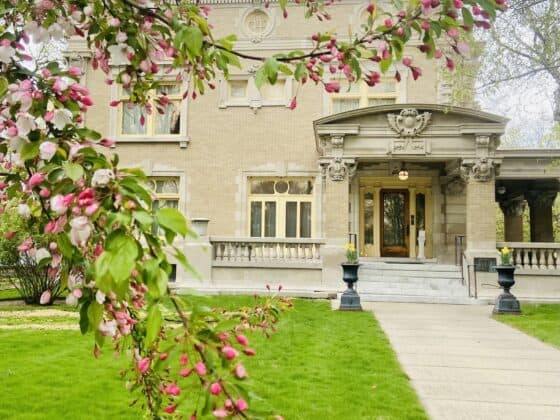Indiana knows horsepower. Not just the horsepower found in the engines of the Indy or NASCAR racecars, but the kind you can see out in the field, running and kicking up their heels, nickering to their friends across the way. We’re talking real horse power. And we have for quite some time now.
Although the first pari-mutuel (where observers are able to bet) horse racing track in Indiana didn’t open until 1994, Indiana has a rich history in regards to horse racing. A stalwart in Indiana, Standardbred racing dates back to the mid-1800s with events occurring at many county fairs across the state. During the time when there were far fewer entertainment options, taking the family to the county fair to watch the fast pace horse racing was an exciting family outing and one that everyone would soon forget. Also a site for championship harness racing, the Indiana State Fair has played host to many popular horses such as Dan Patch and Greyhound, bringing the stars of harness racing to Indiana.
While the first parimutuel Thoroughbred race in Indiana was not run until 1995 at Hoosier Park in Anderson, local owners and trainers participated in the sport long before then, racing at a few county fairs but mainly shipping their horses to tracks in neighboring states such as Kentucky and Illinois. The opening of Hoosier Park presented a unique opportunity for participants from all three breeds to be able to organically grow their business and share their sport with their Hoosier neighbors.
The don’t blink action of Quarter Horse racing took place at various venues across the state dating back to the 1950s. The races were also a fixture at the Indiana State Fair during the 1960s and 1970s. And the sport found a home starting at Hoosier Park in 1997 and then moving to Indiana Grand 10 years later.
With the addition of Indiana Downs, now known as Indiana Grand, in 2001, even more opportunities opened up for all three breeds and the Hoosiers that loved them. In 2012, Indiana Grand became strictly a flat racing track, becoming a destination for Thoroughbreds and Quarter Horses. Likewise, Hoosier Park then became the permanent home of Hoosier harness racing, bringing the best pacers and trotters to the area. This allowed horsemen to invest in farms closer to the racetracks, so they did not have to continually move their operations from track to track throughout the year.
Legislation approved in 2007 allowed the placement of electronic gaming devices (slot machines and electronic table games) at Hoosier Park and Indiana Grand, giving these tracks the unique opportunity to expand. This also provided all three racing breeds the chance to grow their programs and entice new owners, breeders and fans to join the movement in the Hoosier state.
Currently, there are 11 county fairs featuring Standardbred racing, as well as the Indiana State Fair, from the months of June through September. Hoosier Park hosts 120 days of Standardbred racing starting in April and going through the month of November. Thoroughbred and Quarter Horse racing can be seen at Indiana Grand from mid-April through the end of October. Races are held during the day with some night racing, so fans can find the time to schedule a trip to the track and cheer on their favorite trainer, owner or horse.
Economics of Horseracing
The impact of horse racing in Indiana reaches all across the Hoosier state, north to south, east to west, not just centered around Anderson and Shelbyville. There are more than 550 Thoroughbred, Quarter Horse and Standardbred farms in Indiana, employing hundreds of people and providing more than $874 million for the total economic impact.
Horse racing by the numbers:
• $874 million in total economic impact
• $245 million in labor income
• $159 million in state & local taxes
• 6,743 full time employment
• Approximately 1,700 horse racing foals being born annually


